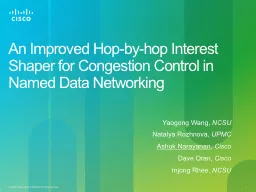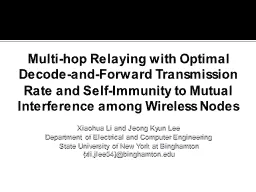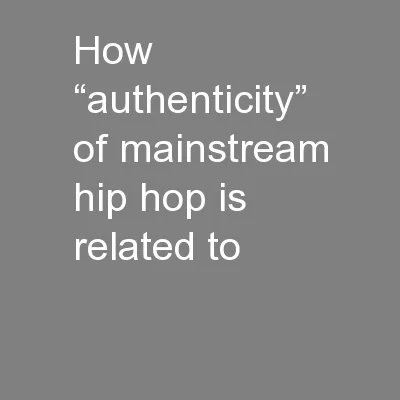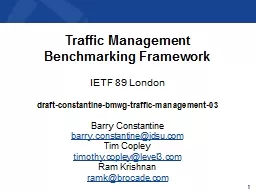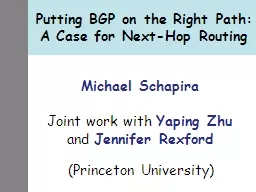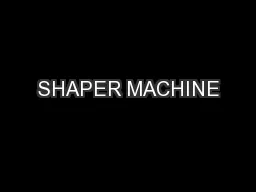PPT-An Improved Hop-by-hop Interest Shaper for
Author : pasty-toler | Published Date : 2015-11-13
Congestion Control in Named Data Networking Yaogong Wang NCSU Natalya Rozhnova UPMC Ashok Narayanan Cisco Dave Oran Cisco Injong Rhee NCSU Traditional congestion
Presentation Embed Code
Download Presentation
Download Presentation The PPT/PDF document "An Improved Hop-by-hop Interest Shaper f..." is the property of its rightful owner. Permission is granted to download and print the materials on this website for personal, non-commercial use only, and to display it on your personal computer provided you do not modify the materials and that you retain all copyright notices contained in the materials. By downloading content from our website, you accept the terms of this agreement.
An Improved Hop-by-hop Interest Shaper for: Transcript
Download Rules Of Document
"An Improved Hop-by-hop Interest Shaper for"The content belongs to its owner. You may download and print it for personal use, without modification, and keep all copyright notices. By downloading, you agree to these terms.
Related Documents

